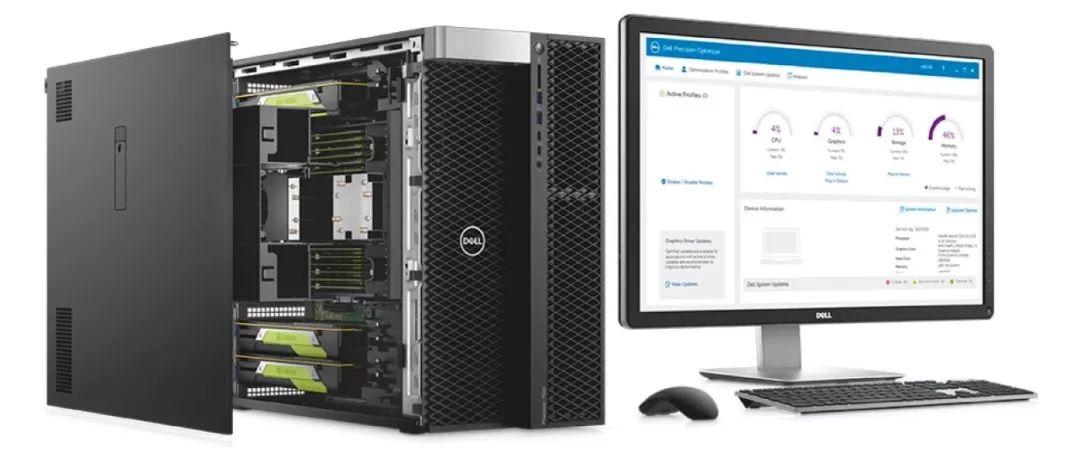As a new-generation productivity tool, workstations have higher configurations and heavier system operating loads than ordinary PCs. In addition to strong performance requirements, stability is also very important, and the stability of the equipment depends largely on the machine's performance. Cooling ability, today I will focus on talking about the heat dissipation of the tower chassis.
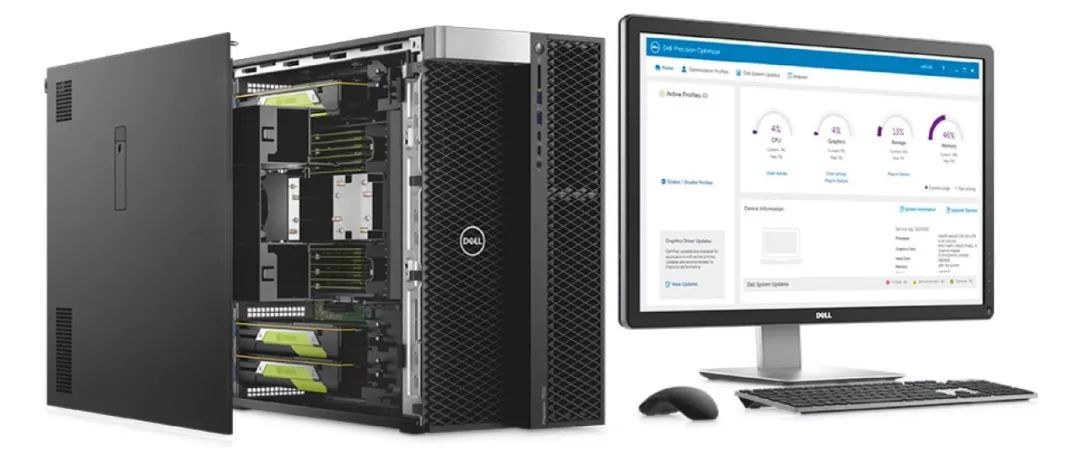
Ingenious Solution to Heat Dissipation Problem
These factors cannot be ignored
The powerful heat dissipation capability can continuously ensure the performance, stability and reliability of the workstation, so as not to cause abnormal business interruption and improve work efficiency. This is the key to its value. So, let's first understand what components inside the tower chassis will generate heat, and the heat generation of each component. Everyone is familiar with "big heat sinks" such as CPU and graphics card, but in fact, the heat dissipation of other components such as memory will also affect the performance of the entire machine.
CPU
As we all know, the CPU is a big heat generator. The reason is that it is a very large-scale integrated circuit. As the power consumption increases during work, the heat generation also increases. Therefore, the heat generation is often directly proportional to the CPU with high power consumption. For example, the Dell Precision T7920 tower workstation is equipped with Intel Xeon Scalable series processors. The official TDP has reached more than 200W, and the heat generation is so large that the naked eye can see it.
2graphics card
The graphics card application of the workstation is not only responsible for graphics display, but also used for a large number of computing needs, which means that the higher the graphics card is, the higher the computing performance, the higher the calorific value will be. The Dell tower workstation can support up to 3 double-width high-performance graphics cards, which is also a huge test for cooling performance.
3Memory
Whether the memory should be cooled or not is a question for many people. I believe that many people do not have a clear concept of memory heat generation, but in fact the operating temperature of the memory can reach 40°C. If overclocking is performed, the operating temperature of the memory will be even higher.
4hard disk
Hard disks are divided into mechanical hard disks and solid-state hard disks. If mechanical hard disks work in a relatively confined space, the temperature can reach 50°C, and the heat generated by solid-state hard disks is almost the same as that of memory.
Find the challenge of "heat dissipation", can the problem be solved? For example, for the heat dissipation of the CPU, if one copper tube cannot hold down the heat, two copper tubes are used. But have you ever thought that the internal space of the chassis is limited, the components are arranged adjacent to each other, the memory is distributed next to the CPU, and the graphics card is adjacent to them, which will cause new problems, and the components will affect each other to dissipate heat . To solve the problem of heat dissipation, we must start with the basic design.
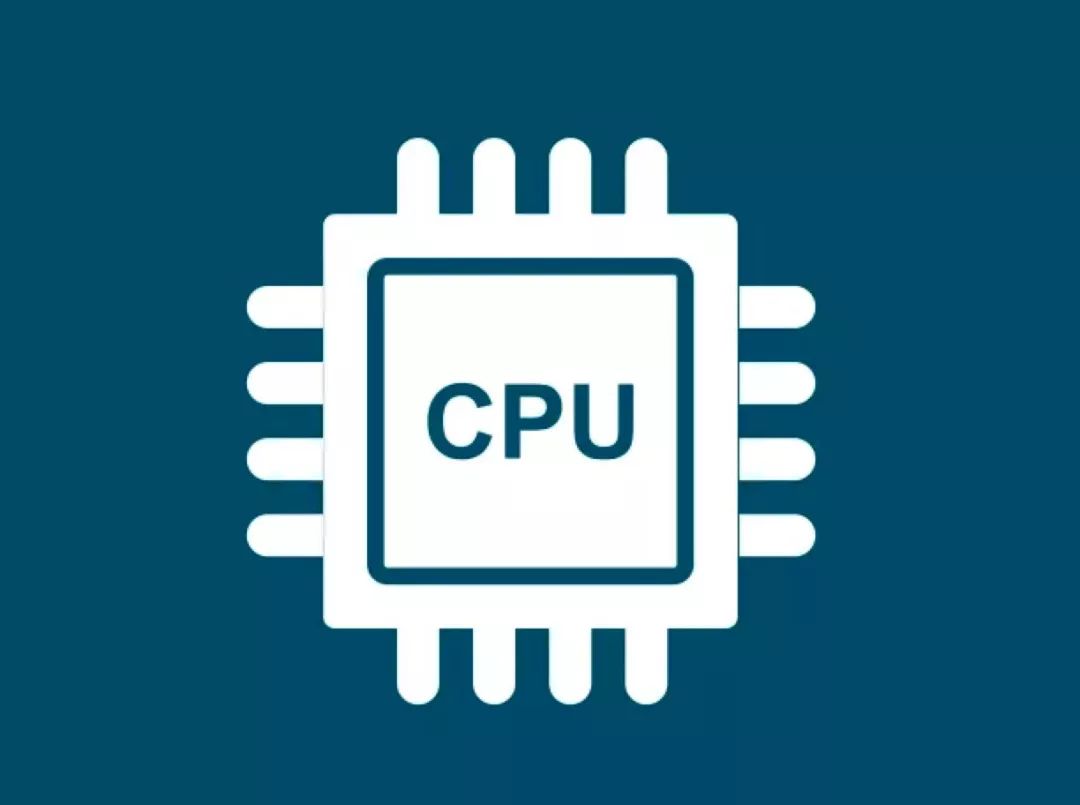
Unique Chassis Design
Professional quality in simplicity
How to substantively solve the problem of equipment heat dissipation, you may wish to consider designing a good air duct for the chassis. A reasonable and perfect chassis air duct can quickly discharge the heat accumulated in the chassis by several large heat generating units (such as CPU and graphics card) in the chassis to the outside of the chassis, and replenish the cold air into the chassis to form convection with the outside air, greatly strengthening the chassis Excellent heat dissipation, maintain a cool working environment for electronic components in the chassis, prolong service life, reduce the incidence of hardware failures and system instability . The excellent air duct design of the Dell Precision T7920 tower workstation meets the heat dissipation requirements of each component.
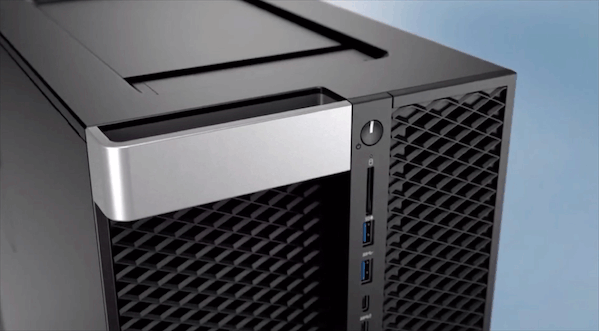
The front panel of the Dell Precision T7920 tower workstation adopts a large-area mesh air intake design to ensure sufficient intake of cold air; the design of a large number of openings on the back allows heat to be discharged from these openings to ensure heat dissipation. Will not build up inside the case.
Dell Precision T7920 tower workstation has 4 front fans inside, covering the entire chassis, which can bring cool air to the inside of the chassis (A); the internal shroud design allows the internal arrangement of the hardware to be lined up according to the same type, and the entire The shroud can provide separate air ducts for each area, so that the components will not be affected by each other (C); finally, there is an active cooling fan on the back of the chassis, which can help the device remove heat more quickly (B).
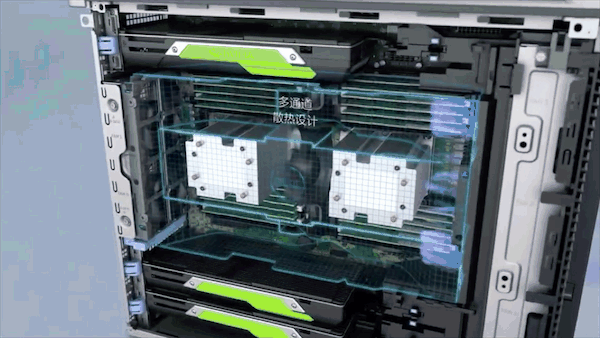
Through stronger heat dissipation methods and performance, it can bring more excellent and stable guarantees for the performance of the device. Dell Precision T7920 tower workstation, excellent air duct design, in order to "cool down" your equipment, let you output more efficiently, and bring a more extreme productivity experience.
